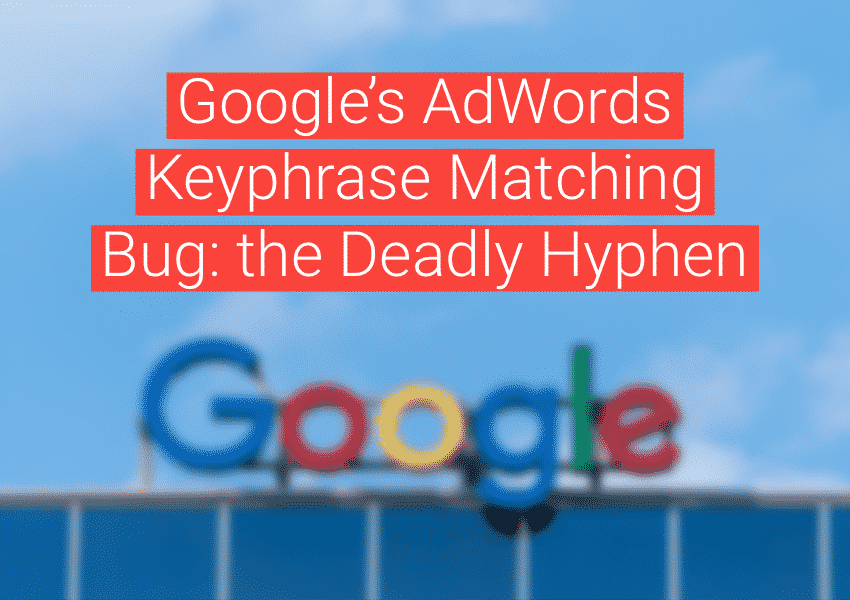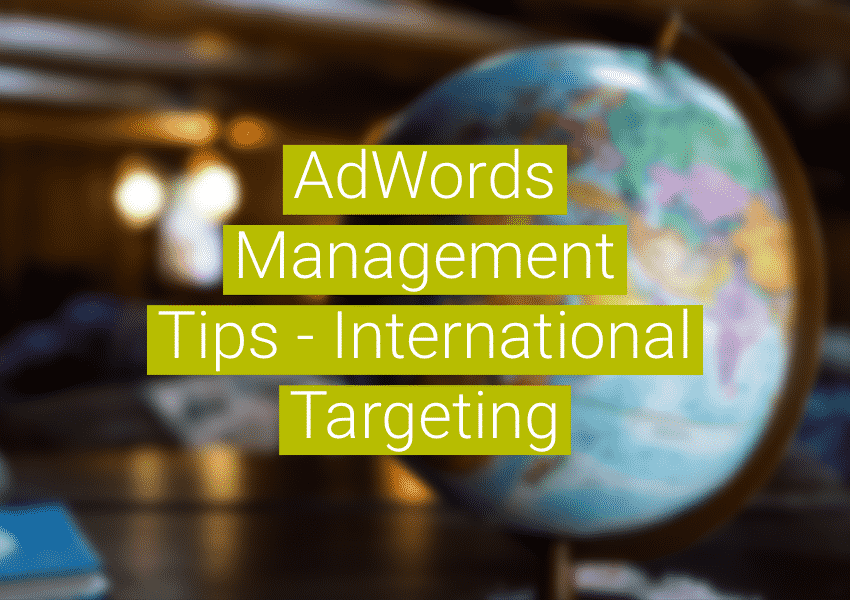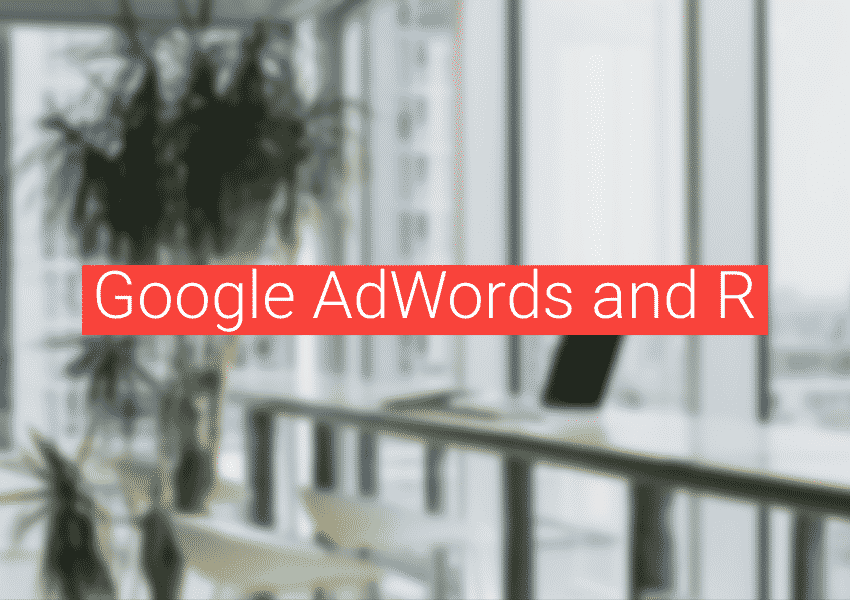What Cookieless Tracking Means for PPC
With tech giants like Google and Apple embracing a privacy-first approach, advertisers can no longer rely on tracking cookies the way they once did. In the next few years, marketers running digital ads will see changes in what data is collected and will need to adjust their strategies accordingly. Accounting for cookieless tracking will be important if you want to keep your campaigns running as effectively as possible.
Here’s what cookieless tracking means and how to prepare for it.
What are tracking cookies?
According to techopedia, “A tracking cookie is a text file that a Web browser stores on a user’s machine and that is used to track a user’s activity online.”
What are first-party cookies?
A first-party cookie is created by a website to track user behavior on that specific domain. It is typically used by web developers and marketers to create a better user experience for visitors.
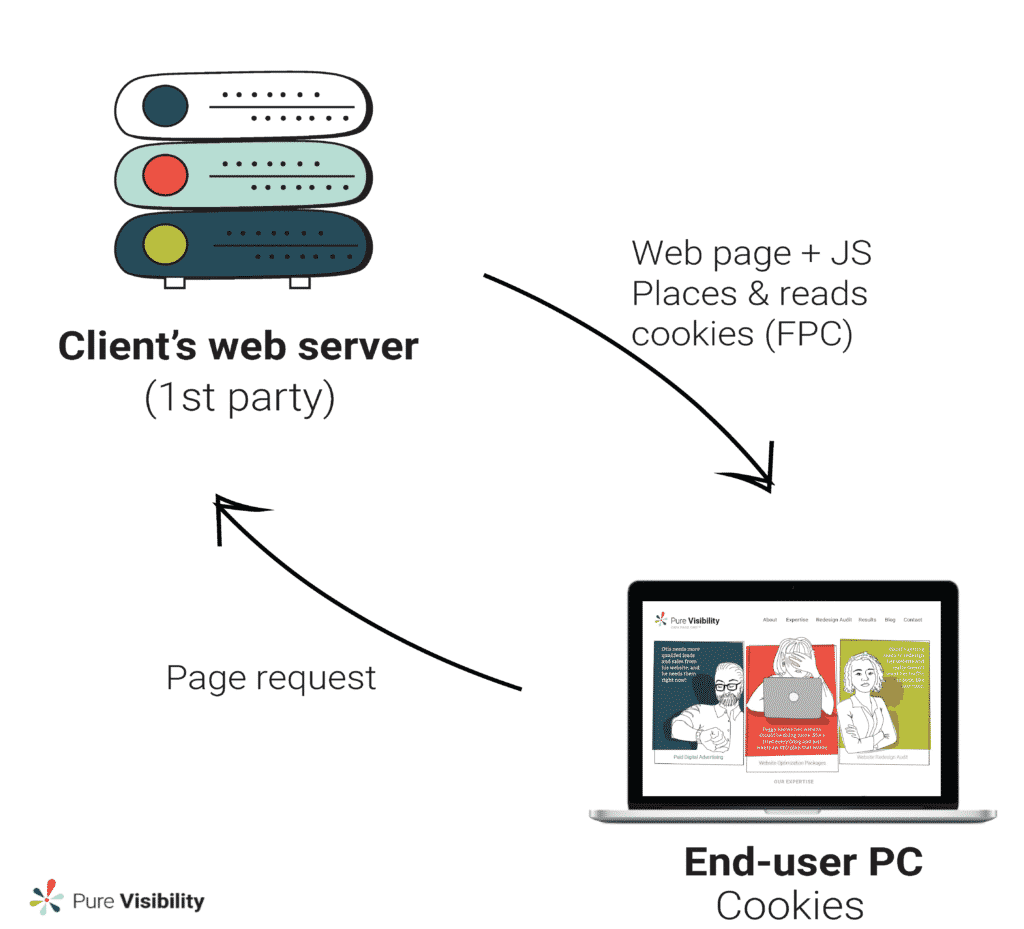
What are third-party cookies?
Third-party cookies are created by a third party to collect search and browsing data, and are typically used for advertising purposes, like remarketing and cross-device tracking.
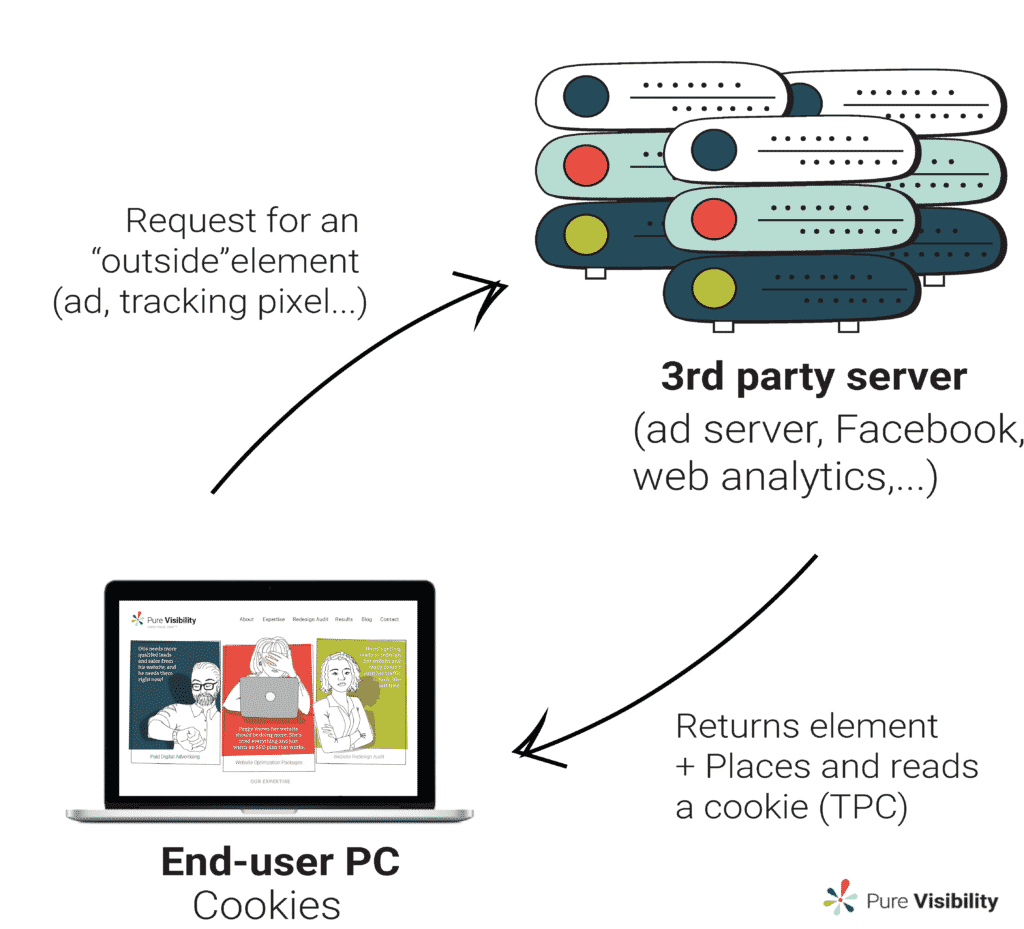
What is “cookieless” tracking?
When people talk about “cookieless tracking”, they are usually referring to stopping the usage of third-party cookies.
For example, Google announced its intent to remove support for third-party cookies in Chrome as part of its efforts to create a more privacy-first web. (This is currently set to happen in mid- to late 2023). The search giant has made it clear that once third-party cookies are phased out, “we will not build alternate identifiers to track individuals as they browse across the web, nor will we use them in our products.”
Privacy-centric browsing is also starting to evolve in other forms; Apple, for instance, now requires apps to comply with their App Tracking Transparency policies. This change forced Google to stop sending click identifiers for iOS 14 users on some of Google’s apps, although the company later implemented a workaround in Google Tag Manager that allows tracking to continue.
Both of these examples are part of a larger “cookieless tracking” / privacy-first trend in the tech industry.
What cookieless tracking means for digital advertising
Cookieless tracking will affect digital advertising efforts like remarketing lists and display advertising.
This is because a lack of third-party cookies creates issues with view-through conversions (conversions that happen when a person sees an ad, but doesn’t click it, and later completes a conversion on the website), cross-device conversions, and video conversions. Cookie tracking relies on there being a clickthrough to the website to be accurate. When there isn’t a click, or when tracking cookies are being limited, marketers have to rely on modeling.
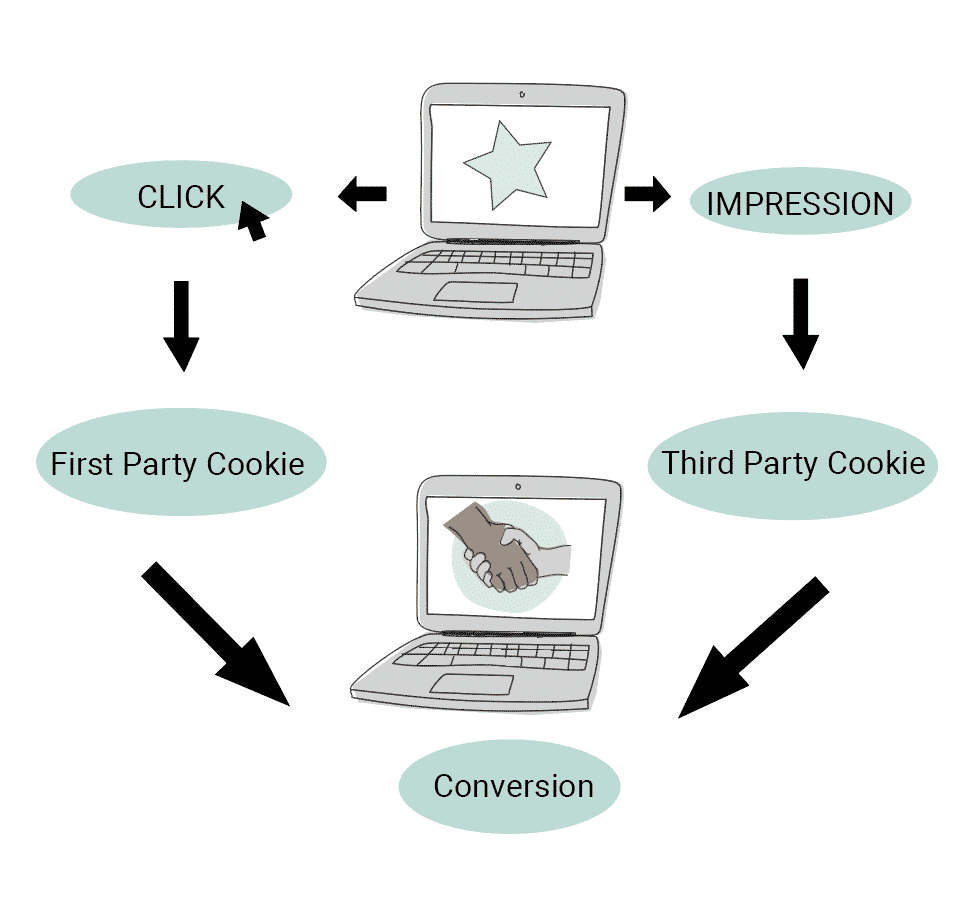
With that being said, marketers advertising with remarketing lists primarily on Google properties such as YouTube and Gmail will feel less of an impact because Google can use first-party cookies across its own properties. However other limitations outside of Chrome, originating from Intelligent Tracking Prevention (ITP), reduce the size of remarketing lists and the length of time a list member is tracked. So even inside Google properties, the current trend is for remarketing to become less and less effective.
Broader display advertising alternatives that generate user lists based on interests are impacted to an even larger extent, because categorizing users based on activity across websites mostly requires third-party cookies. Google will likely have workarounds to help keep traffic up on its own properties — a growing number of users browse the web while logged into a Google Account across devices, improving the prospects of using this to fill the personalization gap. But outside of categorizing authenticated users or relying on first-party data, Google is working on targeting through FLoC. FLoC is an alternative profiling method that is still being developed, and will be used to create anonymous, interest-based lists.
Regardless of the platform, advertisers should be aware of cookieless tracking and be prepared to make the most of modeling and other digital marketing strategies.
How to approach PPC with cookieless tracking
Without remarketing and with less confidence in the categorization of audiences, using content and tools to increase and reach visitors to your website becomes more important to fill the gap.
In anticipation of continued limitations with user identifiers, websites should use Google Tag Manager and implement Google Analytics 4. Google Analytics 4 is set up to be more flexible with modeling in cases where tracking is lost.
Following best practices for search engine optimization (SEO) — including creating new content — will also be useful in keeping your website visible in the search results. PPC and SEO can work together to target multiple stages of the marketing funnel and increase conversions.
At Pure Visibility, we always advocate leveraging new content and having mechanisms in place to continue the conversation with new visitors.
Interested in more digital marketing tips? Subscribe to our newsletter.

